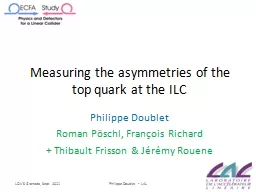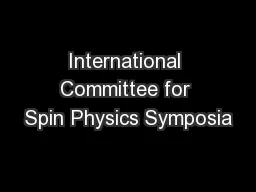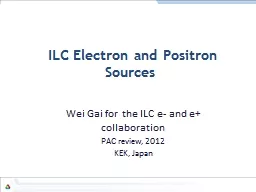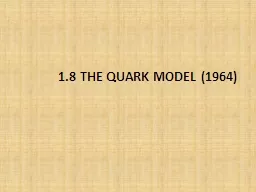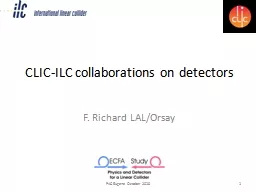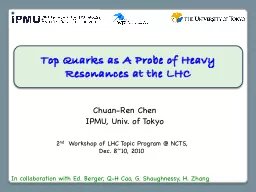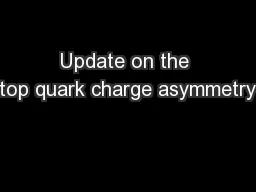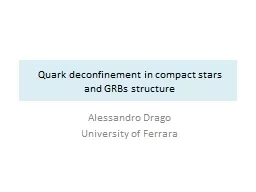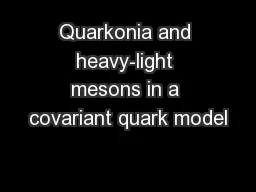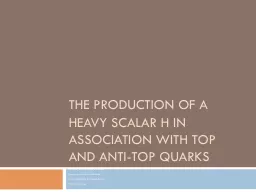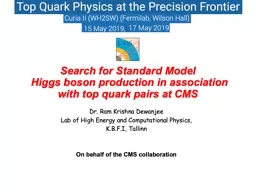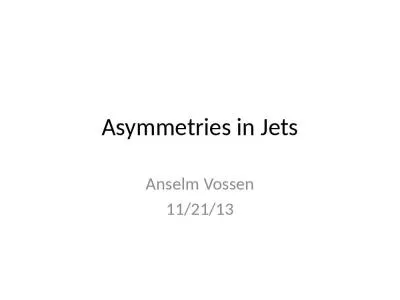PPT-Measuring the asymmetries of the top quark at the ILC
Author : tawny-fly | Published Date : 2017-03-20
Philippe Doublet Roman Pöschl François Richard Thibault Frisson amp Jérémy Rouene LCWS Granada Sept 2011 Philippe Doublet LAL Plan Motivation Measurement
Presentation Embed Code
Download Presentation
Download Presentation The PPT/PDF document "Measuring the asymmetries of the top qua..." is the property of its rightful owner. Permission is granted to download and print the materials on this website for personal, non-commercial use only, and to display it on your personal computer provided you do not modify the materials and that you retain all copyright notices contained in the materials. By downloading content from our website, you accept the terms of this agreement.
Measuring the asymmetries of the top quark at the ILC: Transcript
Download Rules Of Document
"Measuring the asymmetries of the top quark at the ILC"The content belongs to its owner. You may download and print it for personal use, without modification, and keep all copyright notices. By downloading, you agree to these terms.
Related Documents

